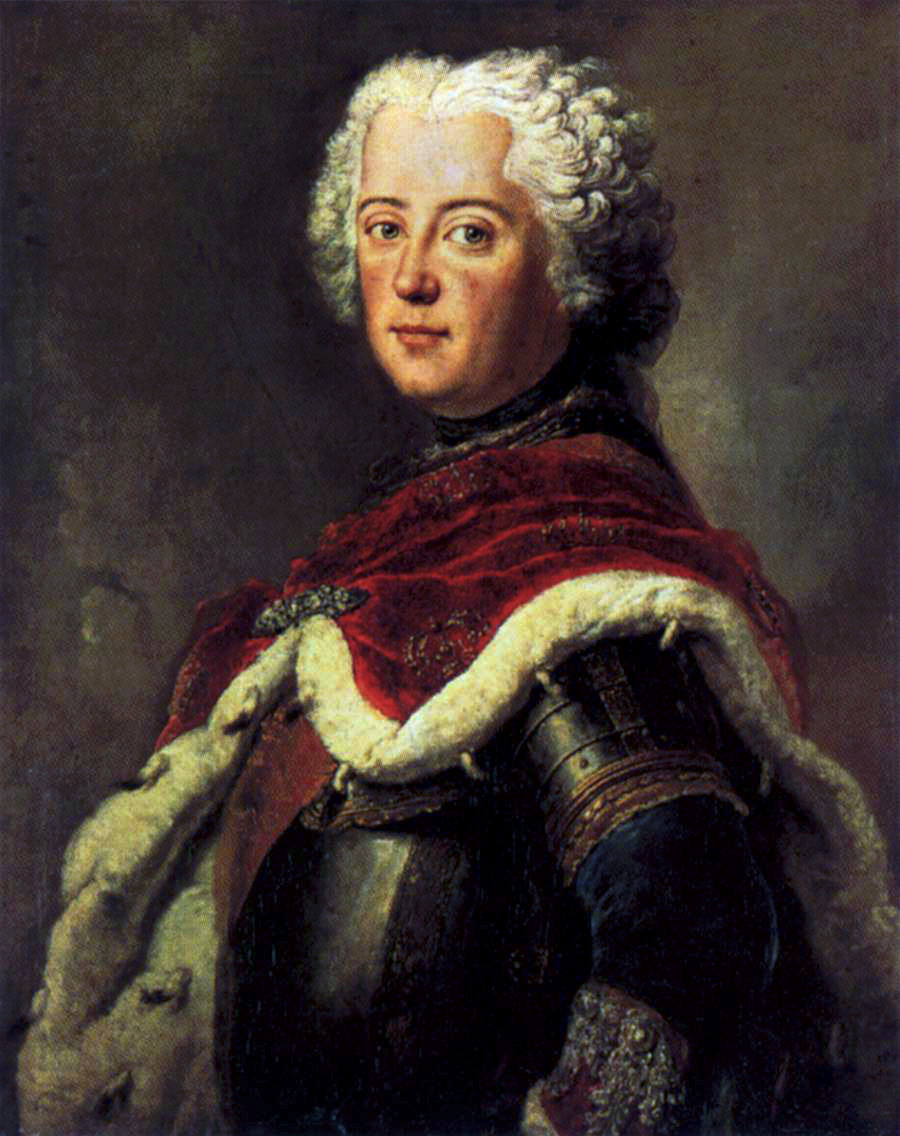 |
| Hamburg Hauptbahnhof, yesterday afternoon |
On November 23rd we flew overnight to London, with hardly any queuing at the airports and an extraordinary view of flooded England on the descent to Heathrow. What are those wide rivers I don't recognise? I asked myself. They weren't rivers, they were watermeadows, doing their job, as Martin pointed out when we met him in Reading later.
It was still raining when we got off the X26 bus at Teddington with our luggage (lucky enough to be able to leave it in our Park Hotel room at 10 o'clock in the morning) and raining more heavily when we walked across Bushy Park to Emma's and Peter's house with the boys, via a fish 'n' chip shop. Why did they put that 'n' in the sign, Alexander's granddad asked? Because there wouldn't have been enough space between fish and and and and and chips. Alexander thought that was a very funny sentence.
On the Sunday (Nov. 25th) we all caught the Number 33 bus to the London Wetland Centre, although that was less of a wet day, quite fine, fortunately. It's a good place for families. We found all manner of ducks and geese there, and a black necked swan. When the birds dived underwater Thomas said "Duck gone ... 'peared ..." (short for disappeared. He is just beginning to talk.) There were bird watching hides with adult watchers who had taken a vow of silence within. Thomas threw pebbles into the puddles for the sake of the splash, and Alexander used his binoculars. We found a great playground with tunnels and a rope slide. Back at the house, Alexander demonstrated his reading skills to me, and Thomas admired the moon, as well as a street lamp that he also referred to as the moon. ("Bye-bye, moon!" he said, as we went in again.)
By Monday I was developing Thomas' cold. Chris went down with it the following day, and my mother, sad to say, the day after that, because we were visiting her in Cardiff. I have far less to report about Cardiff than I'd have liked, because we were so indisposed. It can't be helped. We enjoyed one another's company and an Indian supper in Whitchurch, and would have very, very much enjoyed a trip to the empty beach with Faith and Mel on the Wednesday morning, had we felt up to it. As it was, we had to muster our inner resources for the drive back to Reading, where we had to stay that evening, at the Ibis hotel on Friar street, stuck in heavy traffic in the Reading rush hour on the way. The Budget car rental staff are to be commended for waiting for us to arrive late at the end of a stressful day for them, and for treating us courteously when we finally brought their car back.
We slept on the 13th floor of the Ibis, which is the best floor according to a regular customer I met in the lift. It certainly offered a good view from the windows, looking down on the curly high street gables, without which that city would be far less attractive. Next morning we made a leisurely start on the RailAir bus to Heathrow's Terminal 5, whence we flew to Hamburg with British Airways, taking off in sunshine, landing in grey cloud. Neither of us felt poorly any more; it was easy enough to roll our luggage to the S-Bahn station: "This train [S1] proceeds in the direction of Hamburg Central Station," the loudspeakers helpfully announced in English. Hamburg Hauptbahnhof was rapidly filling up with rush hour commuters and long distance travellers as we waited for our connection to Bremen, and when the train came, it was so packed that we couldn't find a seat. Chris stood up all the way to Bremen and I sat on the floor between people's feet, reading the "Spiegel" and eating leftover Heathrow sandwiches. At Bremen Hbf. we had some difficulty hiring a taxi and when we did manage it, the driver was somewhat rude and curt, but no problem, we came directly to the Mercure Hanseatic Hotel in the Alte Neustadt and neue Neustadt along the Friedrich-Ebert-Strasse, across the river. Another Ibis-like hotel with perfectly adequate accommodations but no bath for Chris to soak in. Nonetheless we slept like logs, apart from the strange dreams we both had.
Today Chris worked hard until lunchtime, then spent the afternoon with me in old Bremen, but that will be the subject of a separate blogpost.









.jpg)













